As one of the natural wonders of the world, Grand Canyon National Park showcases its splendor year-round, and there are things to appreciate about this stunning precipice in each season. For the avid traveler looking for the best time to visit the Grand Canyon that fits with their personal preferences and needs, there are several key factors to keep in mind when planning your trip.
Table of Contents
Location of Grand Canyon National Park
Grand Canyon National Park is located in northern Arizona. This park is immense, spanning two separate rims that are approximately 4 hours apart: the North Rim and the South Rim. The South Rim is more easily accessible and heavily visited, with millions more annual visitors than the more remote North Rim.
What to Know Before You Go
Hours: Open 24 hours a day year-round (though North Rim facilities and roads close between October – May).
Entrance Fees: $35 per vehicle, good for 7 consecutive days
Closest Town(s) to the South Rim: Tusayan, Williams, Flagstaff
Closest Town(s) to the North Rim: Jacob Lake, Fredonia, and Kanab, UT
Closest Airport(s): Grand Canyon Airport, Flagstaff Pulliam, and Phoenix Sky Harbor International Airport
When is the Best Time to Visit the Grand Canyon
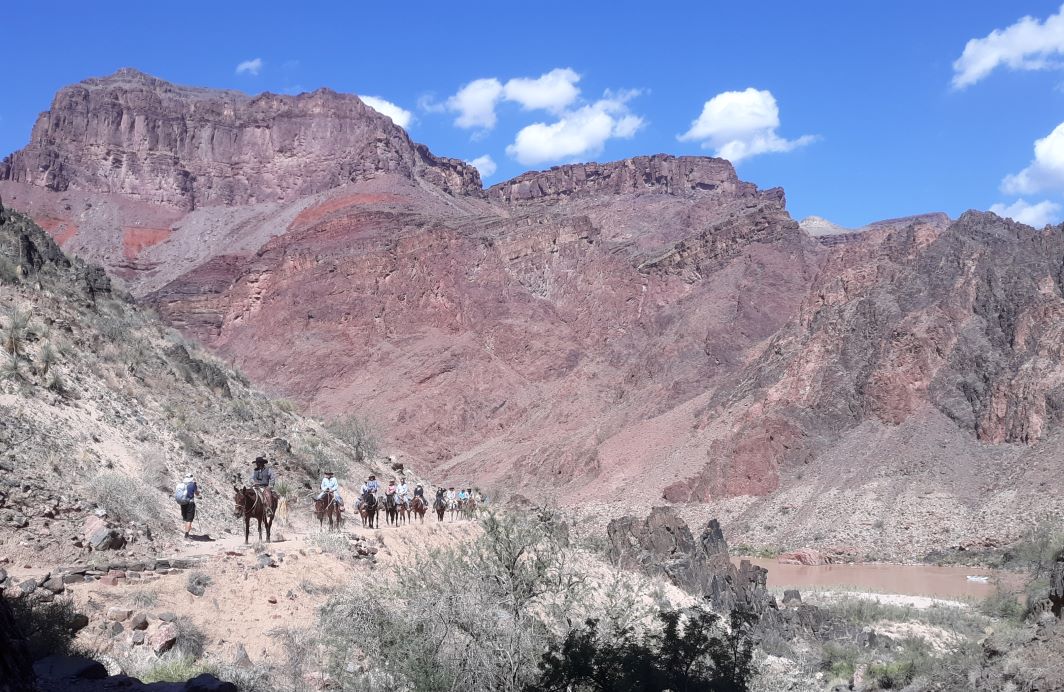
Grand Canyon National Park is an outdoor haven, where you can hike for days, soak in the unparalleled sights, learn about the history and geography, and take part in unique, adrenaline-fueled adventures. Certain times of the year are ideal for certain activities, so consider the characteristics of each season in the park when deciding when is the best time to visit the Grand Canyon.
It is also important to keep in mind seasonal closures throughout the year that affect visitation to the North Rim specifically.
Spring in the Grand Canyon
Spring in the Grand Canyon sees the re-emergence of activity on both the North and South rims, though to differing degrees. The South Rim roads and facilities are open year round, but even in this desert environment, the South Rim sees plenty of snow and ice that can affect some activities on the South Rim in early spring. After all, precarious hikes near massive cliff edges tend to not mix well with snow and ice! If planning a trip to the South Rim in early spring, it is important to keep a close eye on the weather, as impending winter storms may cause you to revamp your intended plans.
If hiking is still on your spring list, consider an easier, paved trail, like the Rim Trail. The Rim Trail traverses 13 miles of the South Rim and is mostly paved and almost entirely flat. Along this path, there are park facilities to enjoy including exhibits, galleries, shopping, and dining, as well as multiple panoramic overlooks, like Mather Point, Hopi Point, Yaki Point, and Yavapai Point.
If hiking is not on your to-do list at the South Rim, there are plenty of other activities that will be operating in full swing throughout the spring:
- The Visitor Center at the South Rim offers plenty of exhibits, educational opportunities, and chances to talk to rangers.
- You can visit and stay in the historic Bright Angel Lodge, located right on the South Rim, and close to all the main attractions.
- You can camp in the campgrounds on the South Rim, or in the nearby National Forest. Just be prepared for frigid overnight temperatures throughout the spring season.
- The Grand Canyon Railway, which operates out of the nearby town of Williams, operates year round, and is a great laid back, scenic, and family-friendly way to experience the South Rim sights.
- For a more adrenaline-fueled spring activity on the South Rim, consider a helicopter tour! There are multiple tour operators and guides available, with departures from the South Rim, Las Vegas, and the Grand Canyon Airport.
Spring is not considered the best time to visit the Grand Canyon on its North Rim. That is because the park roads do not reopen until mid-May. It is possible to plan a visit for late May but keep in mind the potential to still encounter delayed openings, significant remainders of snow, and limited activities.
Summer in the Grand Canyon
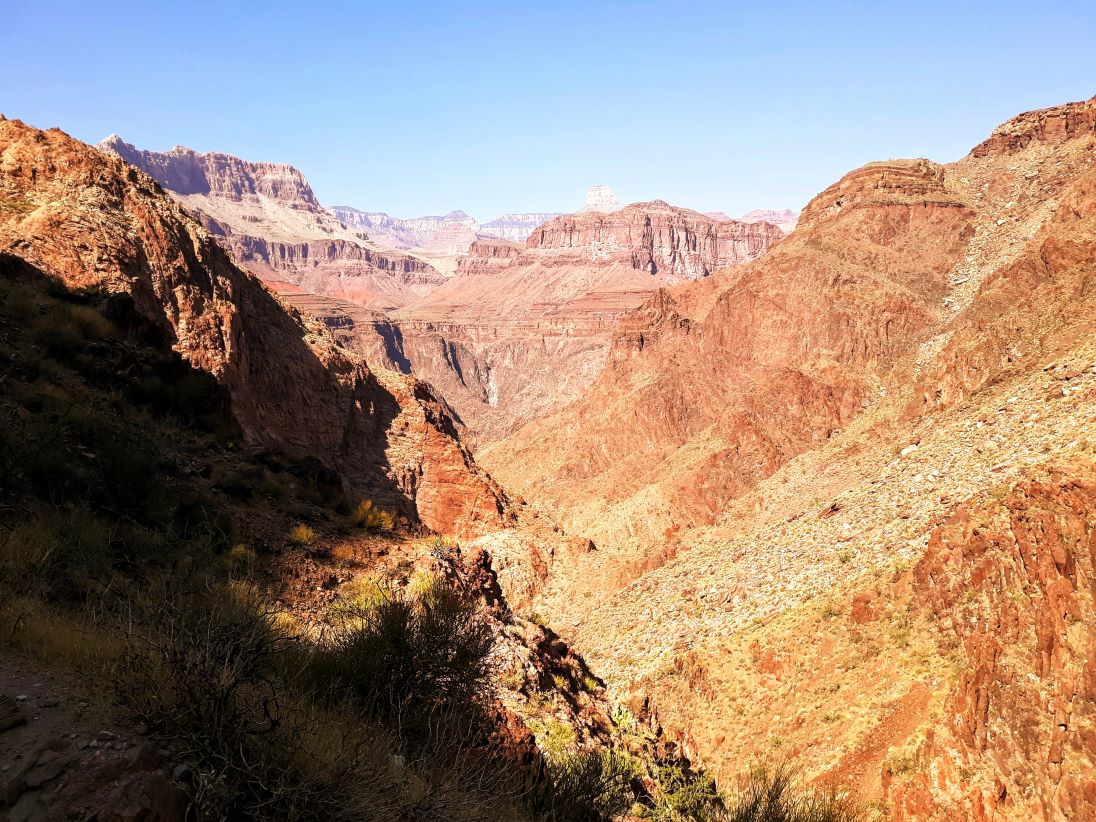
Summer is often considered the best time to visit the Grand Canyon in order to have full access to all the highlights on both rims. All park roads are open, and park facilities and buildings are in full swing on both rims. The potential for snow and ice nears an end, making almost all trails accessible. Wildlife is out and about. Grand Canyon excursions, such as Colorado River rafting trips and Grand Canyon helicopter tours, are in full swing. Daytime temperatures are moderate throughout the park, and nighttime temperatures have just the perfect nip of cool to them without being uncomfortable. The South Rim does heat up considerably more than the North Rim during the day, especially in the heart of the summer months of July and August, but is still manageable. The real risk factor of visiting either rim in the summer is hiking in the inner canyon.
Hiking is one of the main activities at the Grand Canyon in summer. Some of the top trails on both the North and South Rim are trails that delve deep into the heart of the canyon, winding all the way down to the Colorado River and back up again. These top trails include the South Rim’s Bright Angel Trail and South Kaibab Trail, and the North Rim’s North Kaibab Trail.
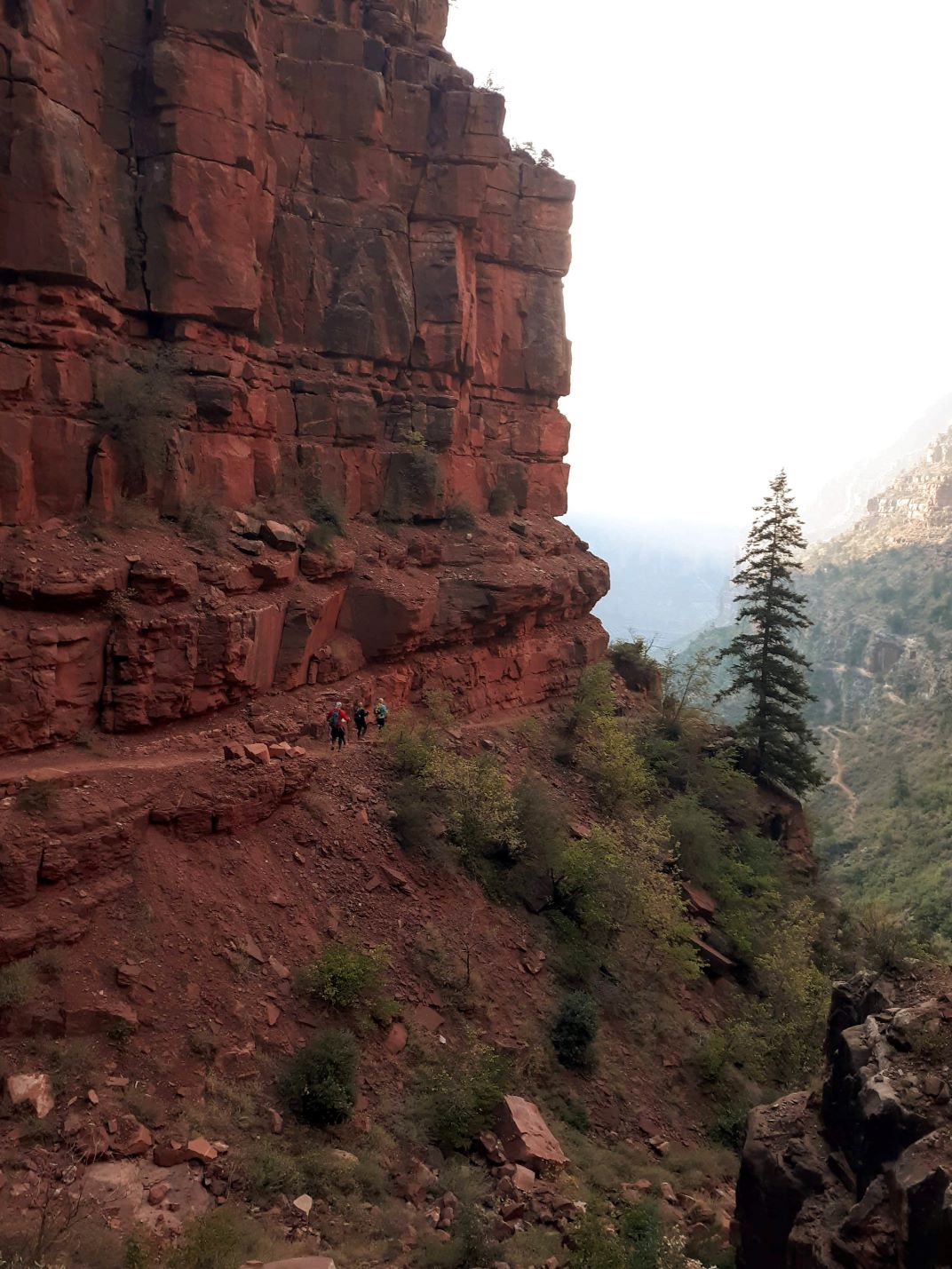
Although hiking is an undeniable draw to the millions of annual visitors that flock to the Grand Canyon in summer, it is critically important to choose your hiking trails carefully. Temperatures in the inner canyon trails, like the popular ones mentioned above, can easily soar into the triple digits. Combined with minimal shade and full exposure to the elements, this can create challenging, even life-threatening situations, if not adequately prepared.
If you plan to hike the inner canyon trails on either rim in the summer, it is imperative that you hike with all necessary hiking gear, and plenty of water, and aim to start and finish early. If you are attempting longer day hikes in the inner canyon, it is equally important to properly train for hiking in the Grand Canyon.
Alternatively, you can take advantage of gentler temperatures and conditions by limiting your hikes to trails on either rim, like the aforementioned Rim Trail on the South Rim, or the forested and shady Widforss Trail on the North Rim.
As both rims are fully open in the summer, there is no shortage of trails to hike, sites to camp, and activities to enjoy. This ease of accessibility also draws in the most crowds of any season in the Grand Canyon, especially at the South Rim. Trails will be crowded, buildings will be busy, lodges and campgrounds will book early, and parking will be hard to secure. This is why many people consider the summer months to be the ideal time to enjoy the northern counterpart of the North Rim.
Fall in the Grand Canyon
Fall is often considered to be the best time to visit the Grand Canyon, on either rim. The South Rim continues to offer the same variety of adventures and activities but with the added perk of far fewer crowds. Early and mid-fall are mostly safe from winter storms that contain snow and ice, so trails are still ideally hikeable. Daytime temperatures are still moderate.
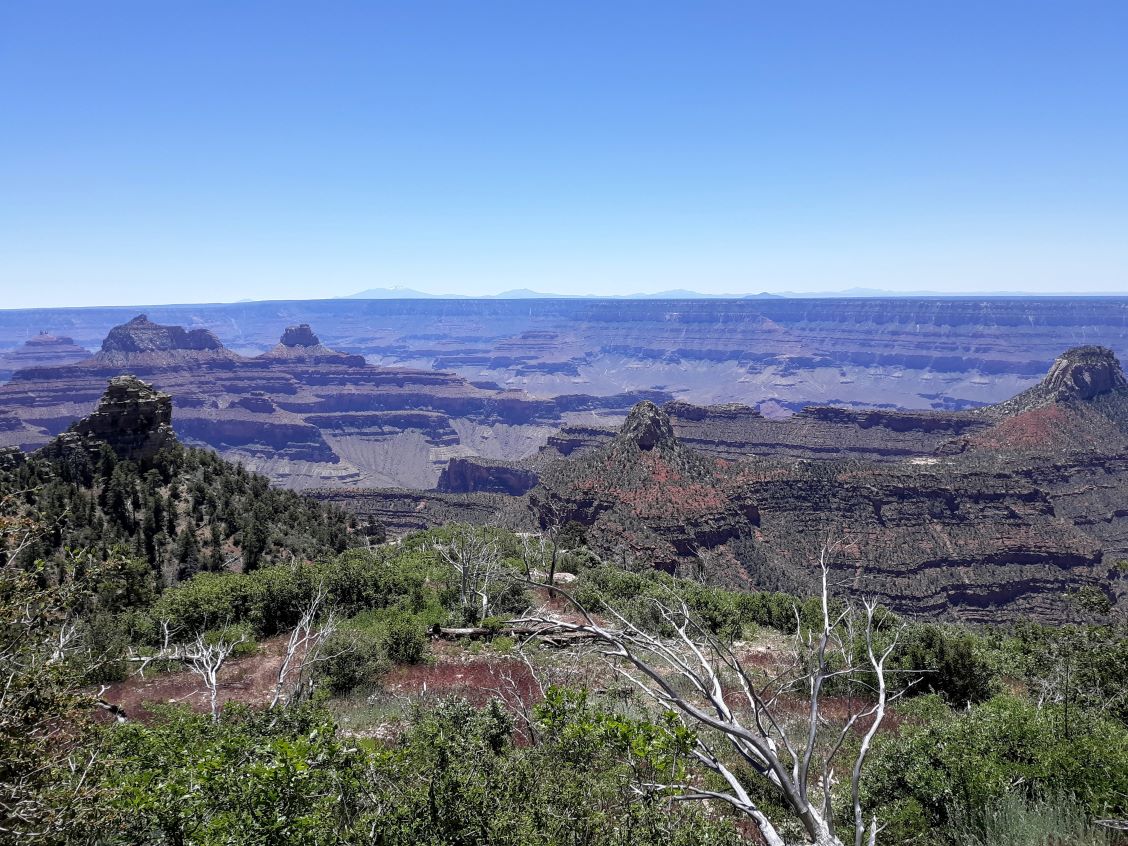
It is the North Rim, however, that shines in early fall. The yellow aspens are ablaze against a stunning backdrop of red rock canyon. Daytime temperatures have a bit of chill but are typically not frigid until late fall. What crowds were around in summer, have largely dispersed. The main influx of visitors comes from those select hikers looking to complete the epic Rim to Rim hike, which typically starts from the North Rim’s North Kaibab Trail, and finishes 24 miles later on the South Rim!
The North Rim roads and facilities will begin to close in mid-October, so it is important to plan any visit in early fall to fully enjoy the seclusion and peacefulness of the North Rim.
Winter in the Grand Canyon
The North Rim is fully closed during the winter season, but the South Rim remains open throughout winter. Visitors can still take advantage of the same great opportunities, including:
- The South Rim Visitor Center
- Bright Angel Lodge
- Galleries
- Shopping
- Dining
- Helicopter tours
- the Grand Canyon Railway
- Camping
- Hiking Trails
Despite its arid appearance, the South Rim sees a decent amount of precipitation throughout the winter, which makes it a less desirable time of year to visit the Grand Canyon. The frequency of ice and snow can make accessibility trickier, as well as traversing the grounds of the South Rim and its hiking trails, or camping overnight. It is important to check the weather and make alternative plans if there are any dangerous accumulations or threats of winter storms on the South Rim. Again, it is not a good idea to mix slippery conditions with areas near cliffs and steep drop-offs!
The post is contributed by Kristen, she is the author of Yonderlust Ramblings, and a full-time blogger, writer, mother, wife, sister, daughter, aunt, Texan, cheese-aholic, and grammar nerd!
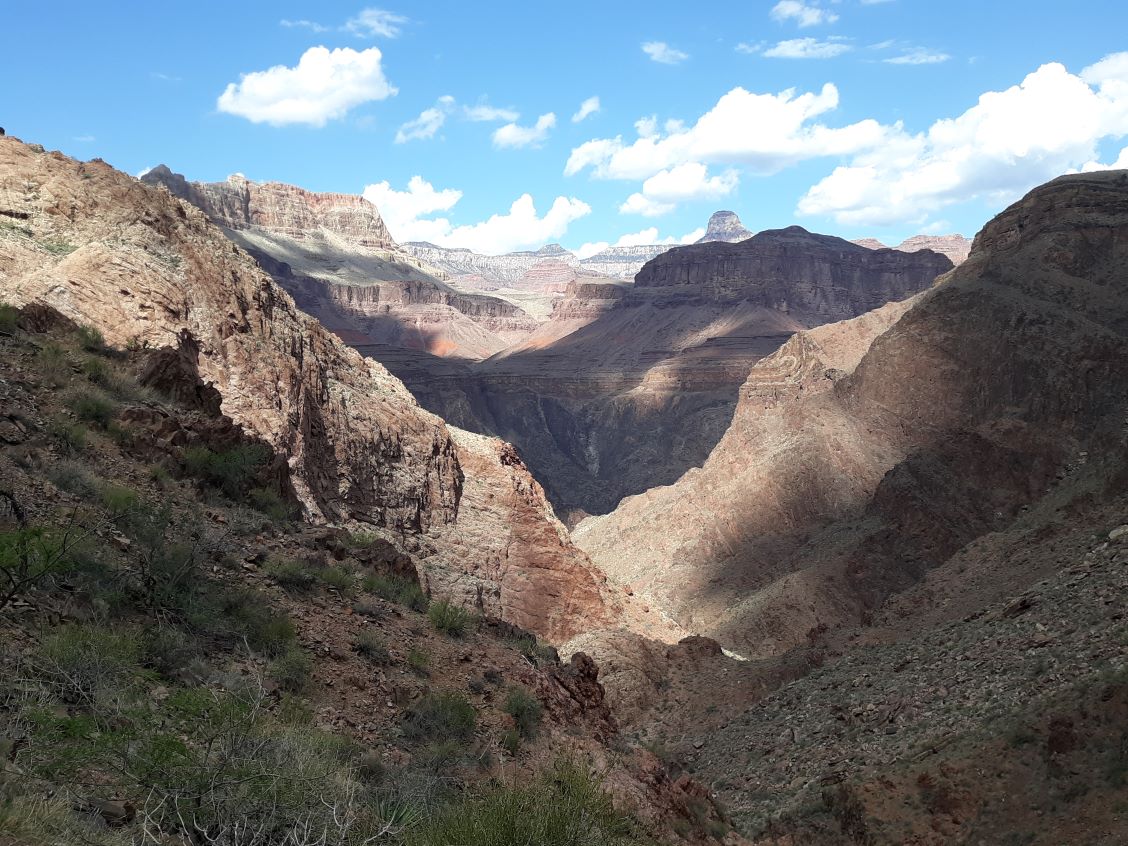

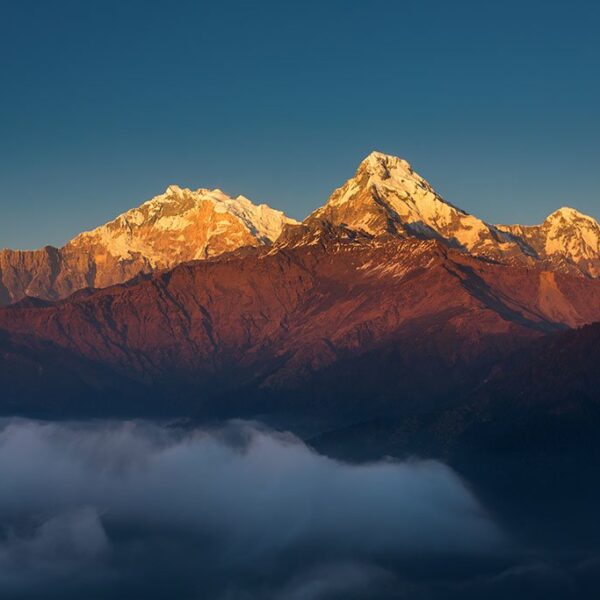



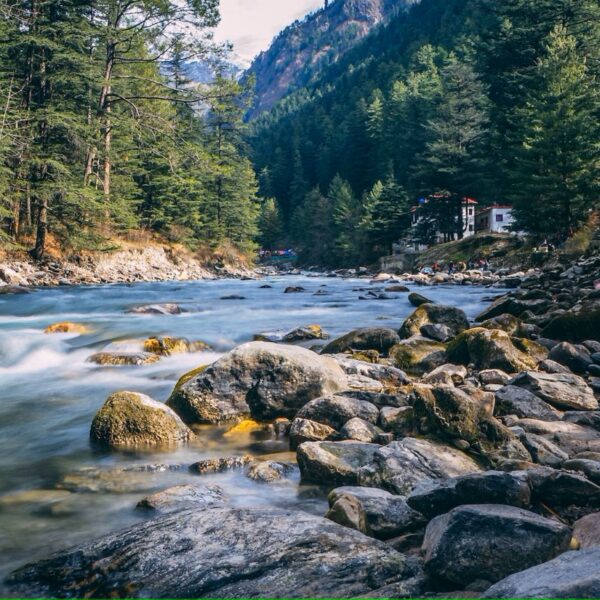



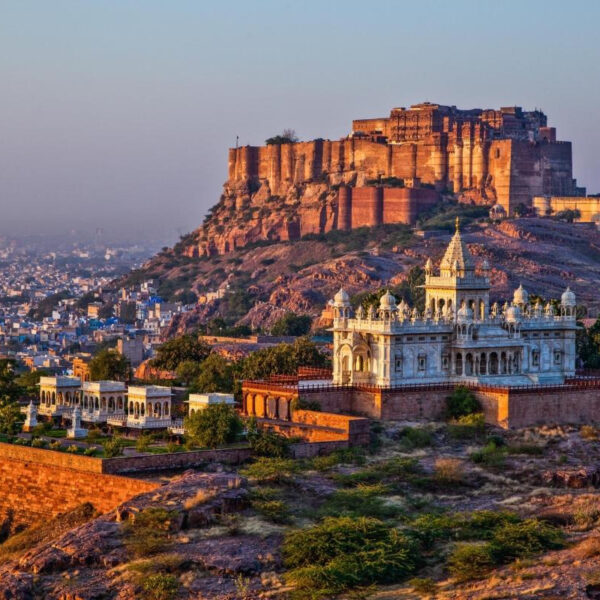
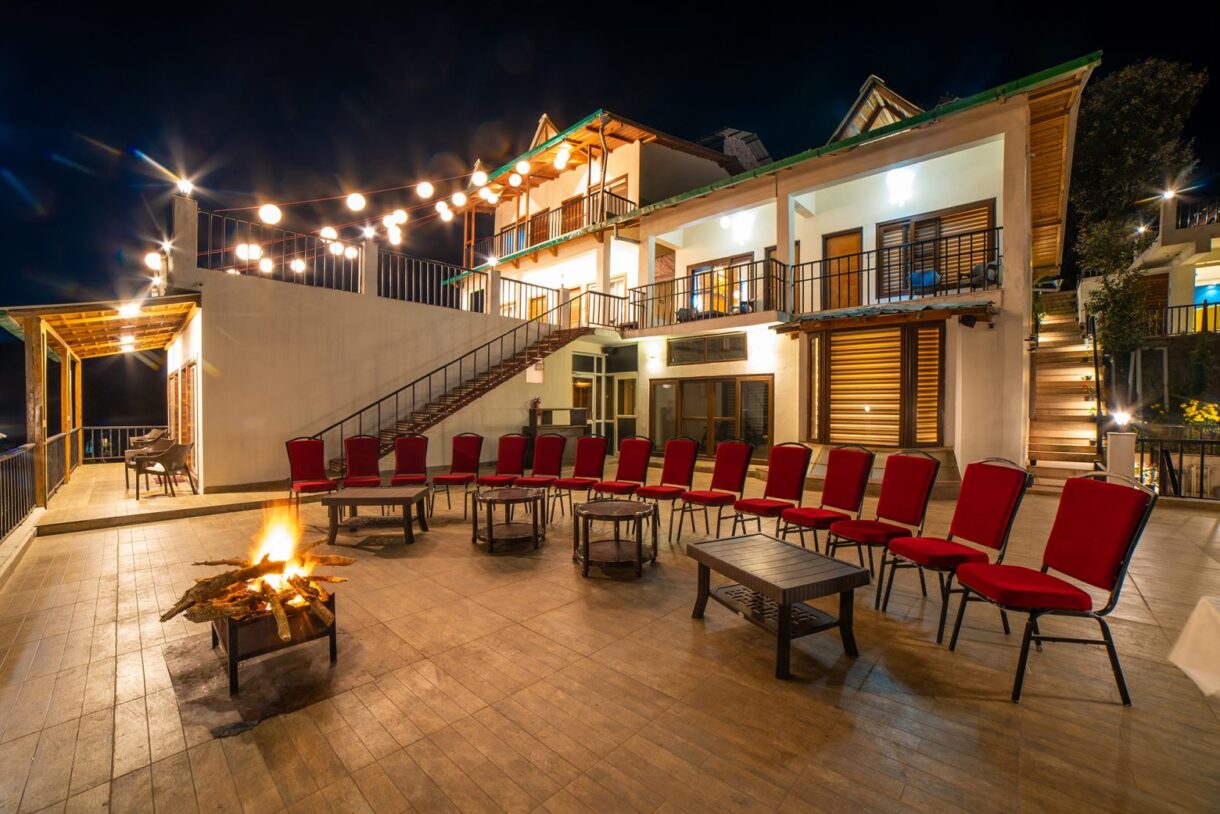

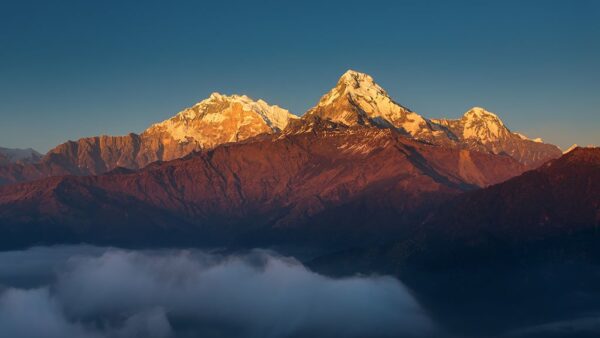
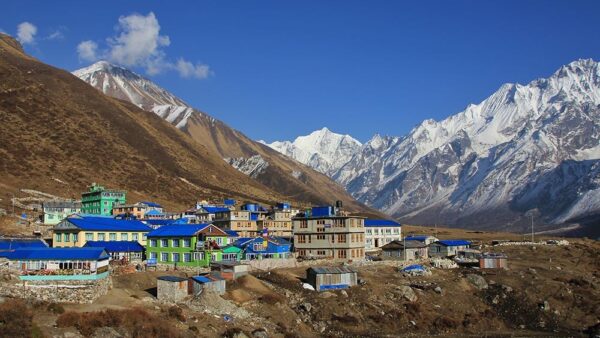
There is 1 comment